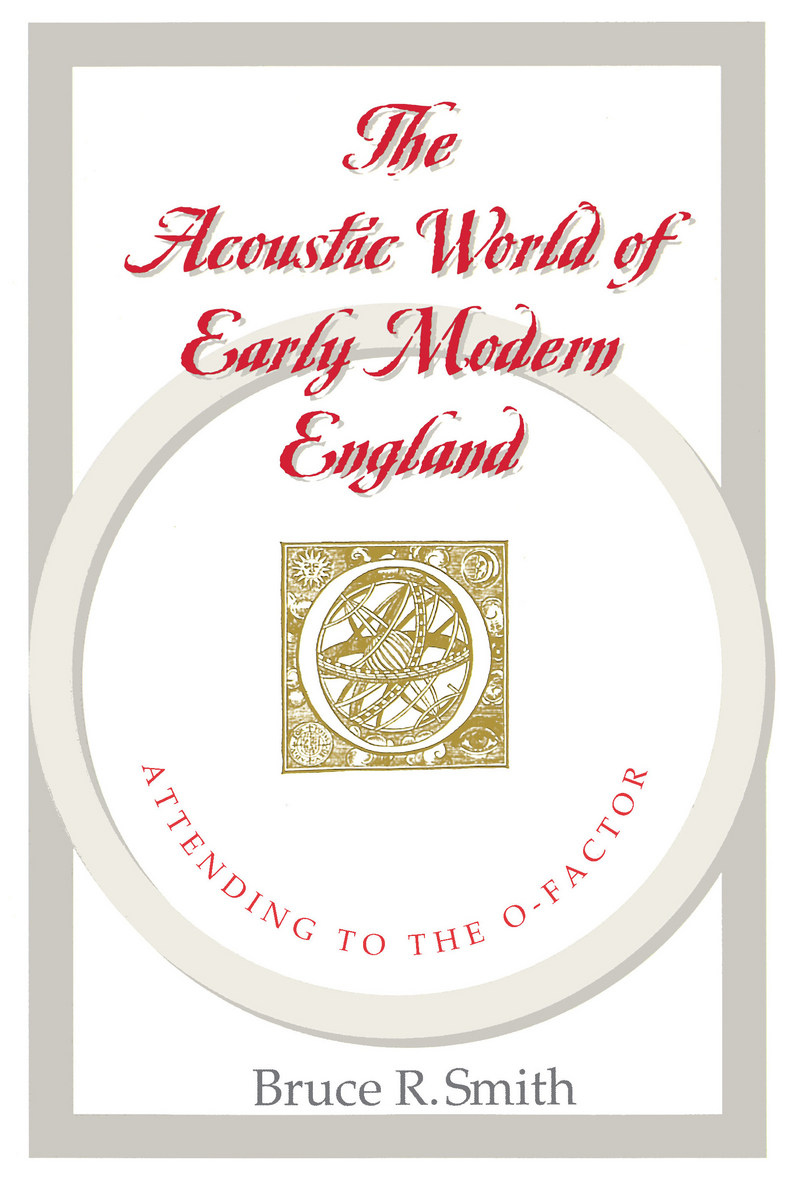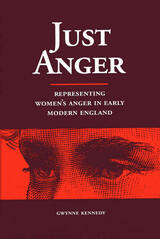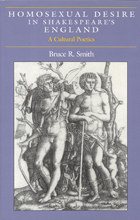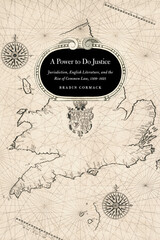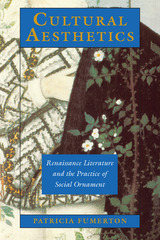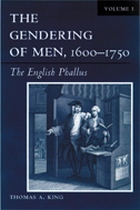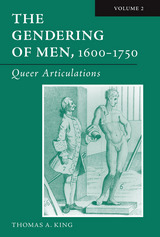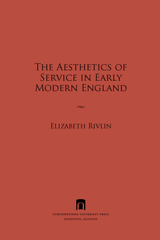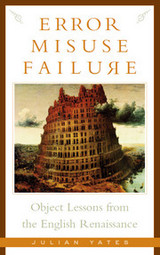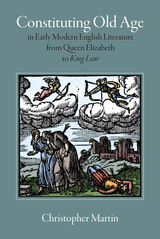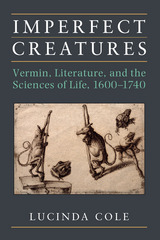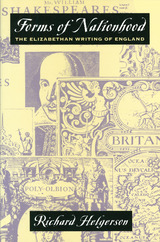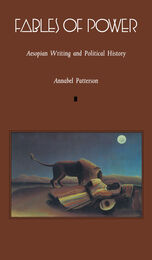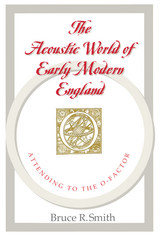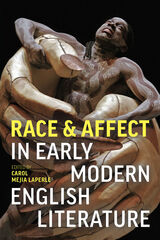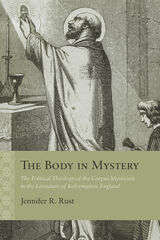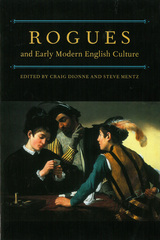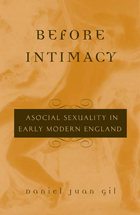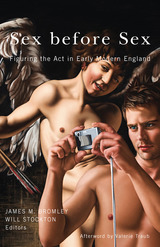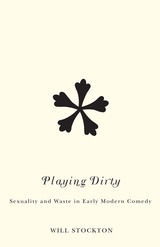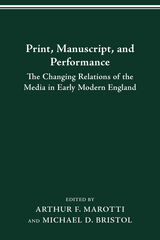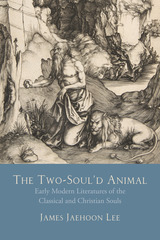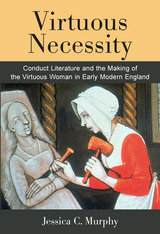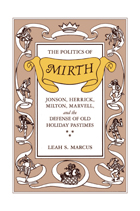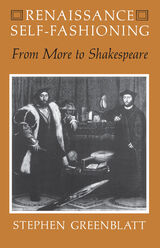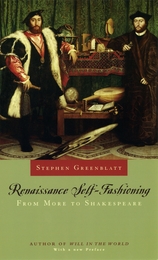The Acoustic World of Early Modern England: Attending to the O-Factor
University of Chicago Press, 1999
Cloth: 978-0-226-76376-7 | Paper: 978-0-226-76377-4
Library of Congress Classification PR428.P65S65 1999
Dewey Decimal Classification 820.9003
Cloth: 978-0-226-76376-7 | Paper: 978-0-226-76377-4
Library of Congress Classification PR428.P65S65 1999
Dewey Decimal Classification 820.9003
ABOUT THIS BOOK | AUTHOR BIOGRAPHY | TOC | REQUEST ACCESSIBLE FILE
ABOUT THIS BOOK
We know how a Shakespeare play sounds when performed today, but what would listeners have heard within the wooden "O" of the Globe Theater in 1599? What sounds would have filled the air in early modern England, and what would these sounds have meant to people in that largely oral culture?
In this ear-opening journey into the sound-worlds of Shakespeare's contemporaries, Bruce R. Smith explores both the physical aspects of human speech (ears, lungs, tongue) and the surrounding environment (buildings, landscape, climate), as well as social and political structures. Drawing on a staggeringly wide range of evidence, he crafts a historical phenomenology of sound, from reconstructions of the "soundscapes" of city, country, and court to detailed accounts of the acoustic properties of the Globe and Blackfriars theaters and how scripts designed for the two spaces exploited sound very differently.
Critical for anyone who wants to understand the world of early modern England, Smith's pathbreaking "ecology" of voice and listening also has much to offer musicologists and acoustic ecologists.
In this ear-opening journey into the sound-worlds of Shakespeare's contemporaries, Bruce R. Smith explores both the physical aspects of human speech (ears, lungs, tongue) and the surrounding environment (buildings, landscape, climate), as well as social and political structures. Drawing on a staggeringly wide range of evidence, he crafts a historical phenomenology of sound, from reconstructions of the "soundscapes" of city, country, and court to detailed accounts of the acoustic properties of the Globe and Blackfriars theaters and how scripts designed for the two spaces exploited sound very differently.
Critical for anyone who wants to understand the world of early modern England, Smith's pathbreaking "ecology" of voice and listening also has much to offer musicologists and acoustic ecologists.
See other books on: Early modern, 1500-1700 | Language and culture | Oral tradition | Popular literature | Shakespeare
See other titles from University of Chicago Press
